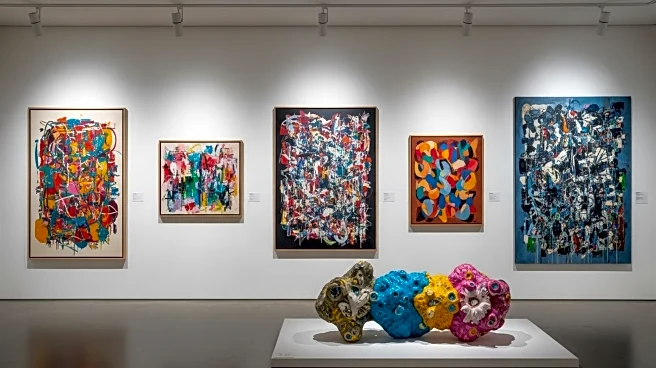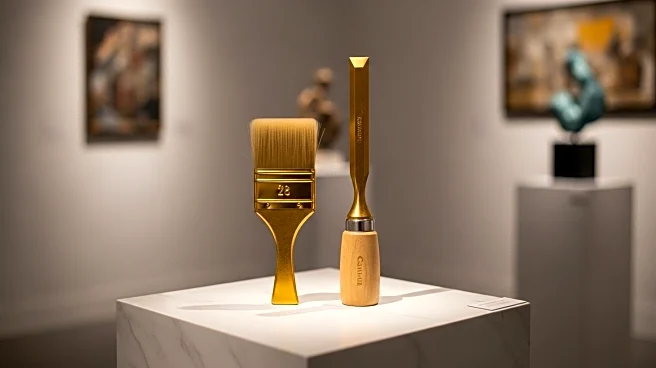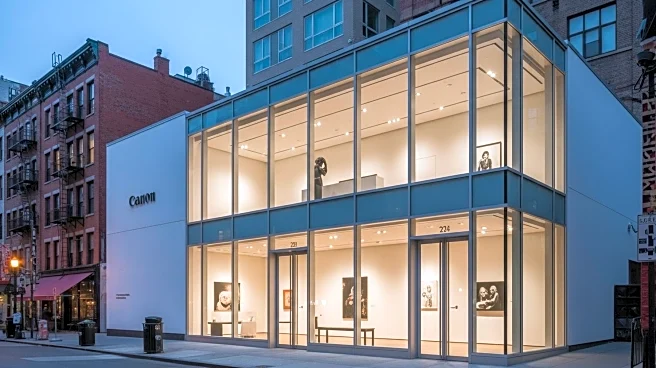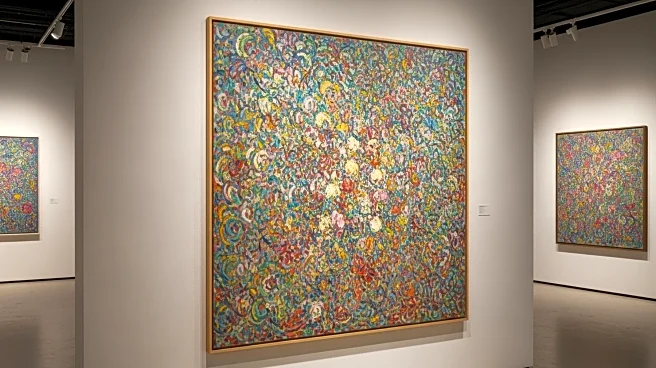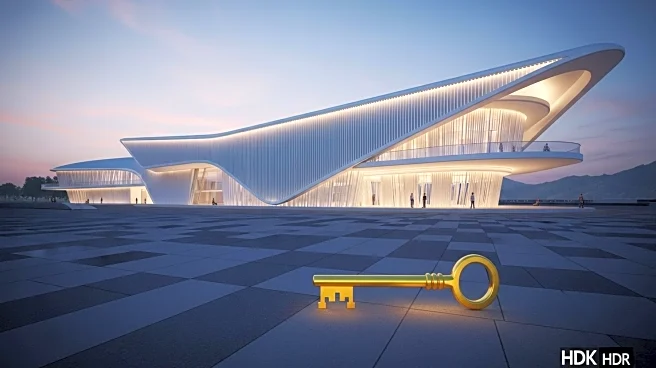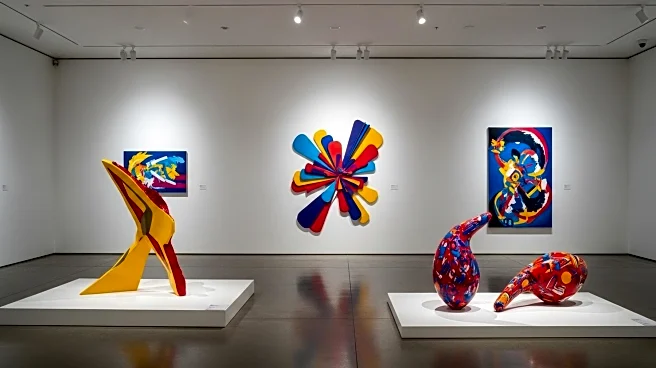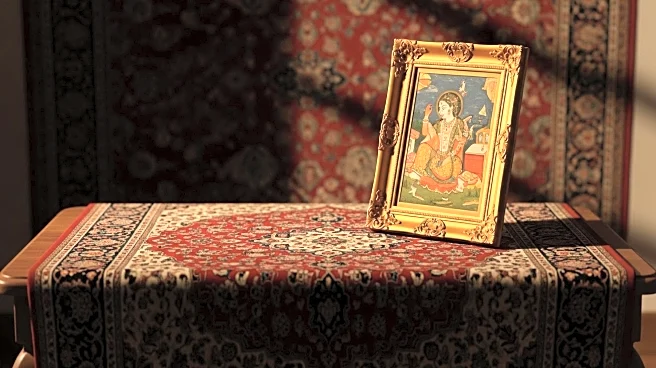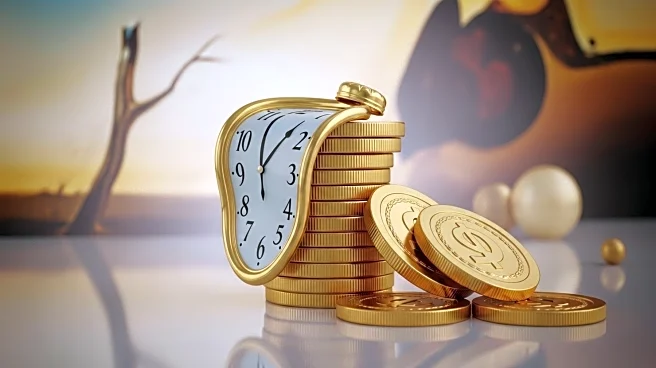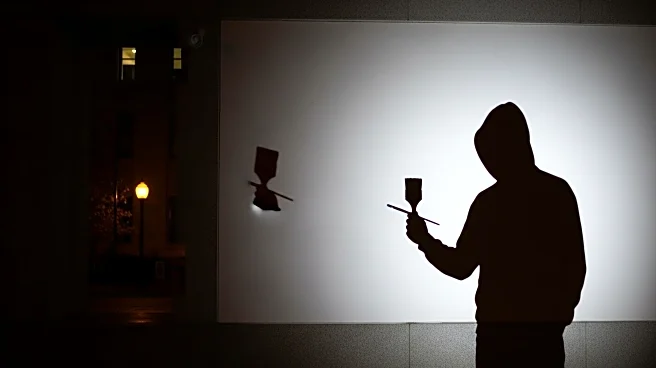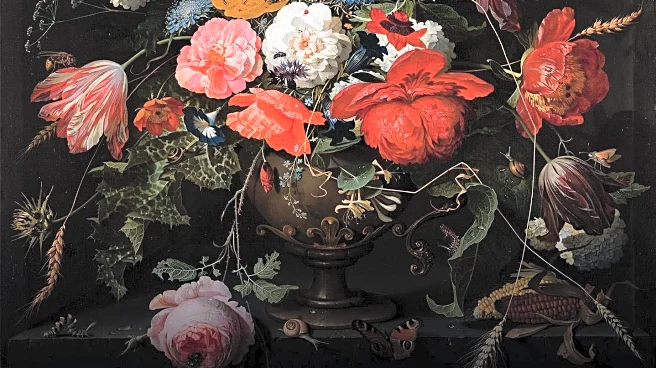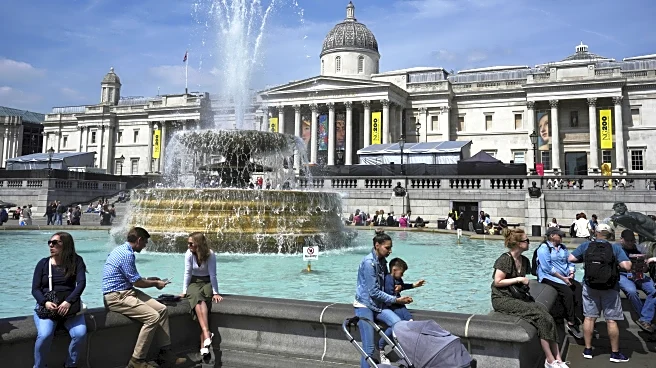What is the story about?
What's Happening?
The National Gallery in London has announced a significant change in its collection policy, deciding to include art created after its previous cut-off date of 1900. This decision has raised concerns about potential rivalry with the Tate, which specializes in modern art. Historically, the two institutions had an agreement delineating which artworks belonged to which collection, but this agreement has now been dissolved. While Tate director Maria Balshaw publicly welcomed the change, there are reports of internal concerns about 'bad blood' between the two institutions. Some Tate staff members sympathize with the National Gallery's perspective, acknowledging the arbitrary nature of the previous cut-off date as time progresses.
Why It's Important?
The expansion of the National Gallery's collection to include post-1900 art could have significant implications for the art world in London. It may lead to increased competition between the National Gallery and Tate, potentially affecting funding, visitor numbers, and exhibition planning. This shift could also influence the broader art market, as the National Gallery's new acquisitions might impact the valuation and demand for modern art. The decision reflects a broader trend of museums adapting to contemporary art movements and changing public interests, which could reshape cultural institutions' roles in society.
What's Next?
The National Gallery's decision may prompt further discussions and negotiations between the two institutions to manage potential conflicts and ensure a harmonious coexistence. Stakeholders in the art community, including artists, collectors, and patrons, will likely monitor the situation closely. The National Gallery's upcoming exhibitions and acquisitions will be watched to see how they integrate modern art into their traditionally historical collection. Additionally, the Tate may need to reassess its strategies to maintain its position as a leading institution for modern art.
Beyond the Headlines
The dissolution of the agreement between the National Gallery and Tate highlights the evolving nature of cultural institutions and their need to adapt to changing artistic landscapes. This development may encourage other museums worldwide to reconsider their collection policies and embrace a more inclusive approach to art history. It also raises questions about the role of public institutions in preserving and promoting diverse artistic expressions, potentially influencing future curatorial practices and educational programs.
AI Generated Content
Do you find this article useful?
